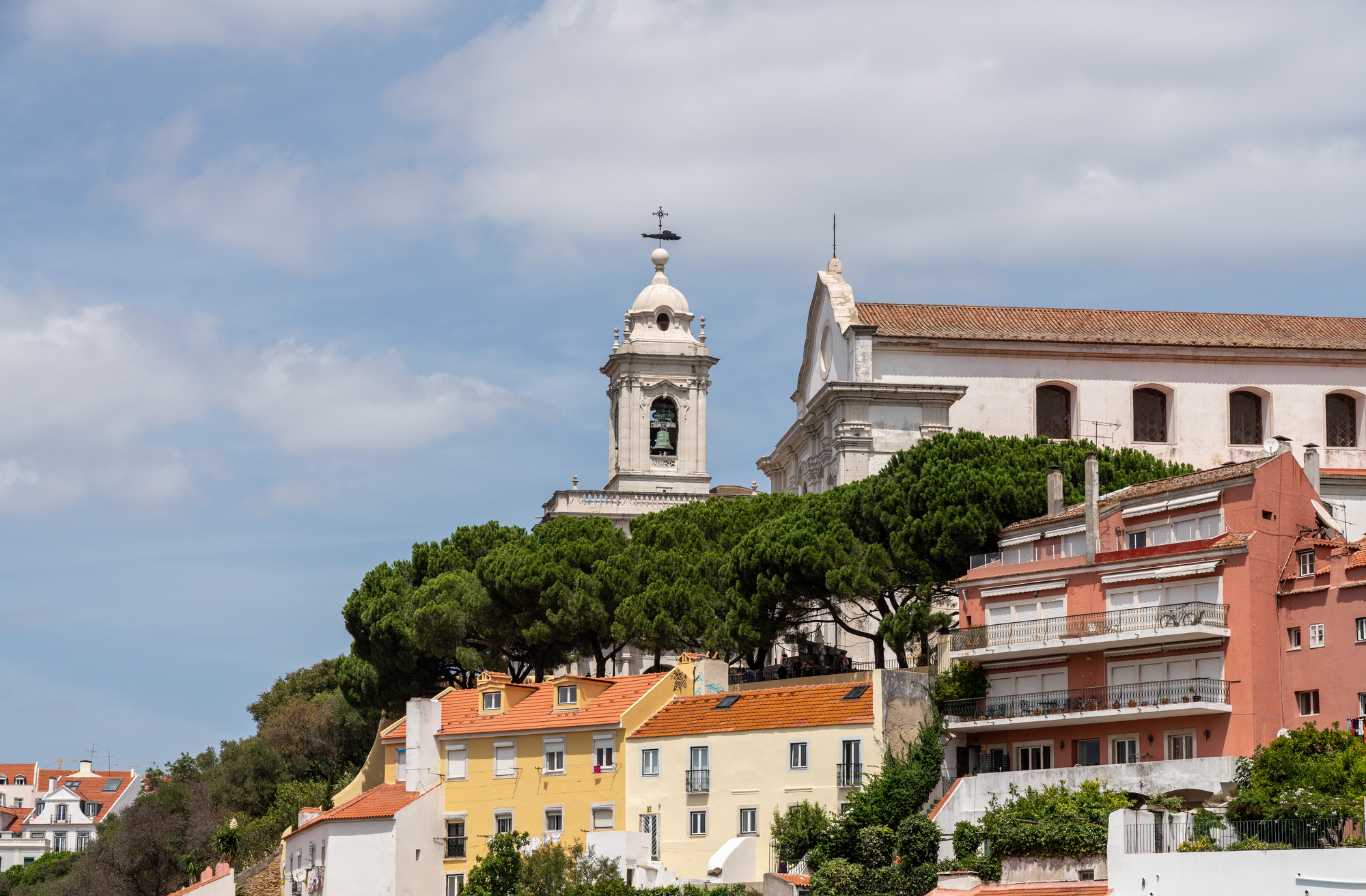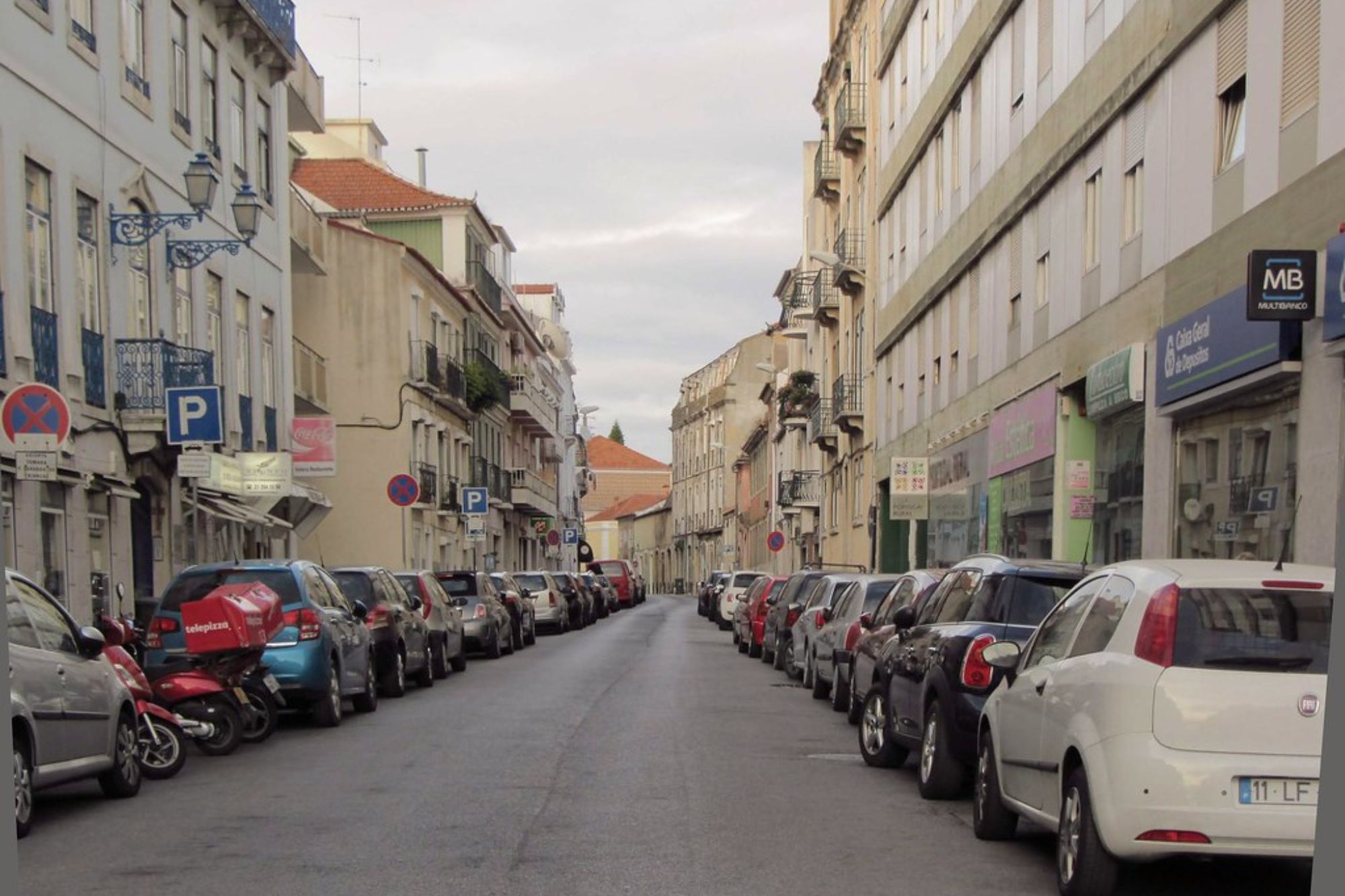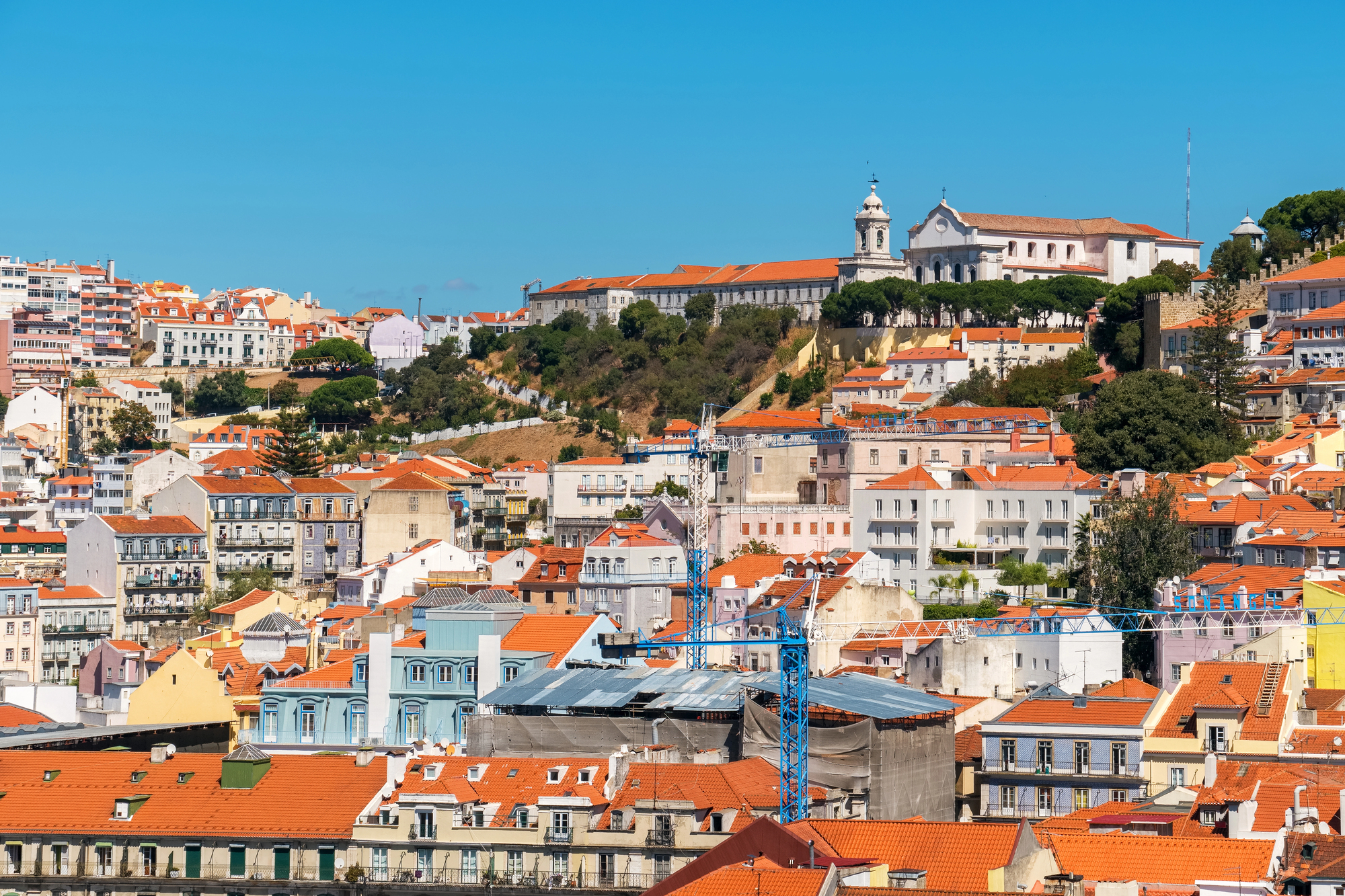Lisbon’s charm lies in its timeworn elegance, where centuries of history are etched into every winding lane and weathered façade. Portugal’s capital city unfolds across seven hills, creating a labyrinth of narrow streets that climb and descend with surprising steepness.
The distinctive black and white mosaic pavements known as ‘calçada portuguesa’ have become emblematic of the city, their polished surfaces gleaming after rainfall and telling stories of craftsmanship dating back to the 19th century. The true magic of Lisbon reveals itself when you venture beyond the main thoroughfares and tourist hotspots.
Here is a list of 14 enchanting neighborhoods and districts where cobblestone streets lead to delightful hidden cafés tucked away in quiet corners of the city.
Alfama

The oldest district in Lisbon survived the devastating 1755 earthquake, preserving its medieval labyrinth of narrow lanes and steep staircases. Ancient stones underfoot have been polished by centuries of use, their uneven surfaces telling stories of Moorish occupation, maritime adventures, and everyday Portuguese life. Wander to Pois Café, concealed in a quiet alley, where mismatched furniture and floor-to-ceiling bookshelves create a homey atmosphere perfect for lingering over pastéis de nata and strong coffee.
Bairro Alto

By day, this hillside neighborhood appears almost sleepy, its narrow cobbled streets lined with traditional homes featuring wrought-iron balconies and colorful tiles. The worn stones beneath your feet have witnessed centuries of bohemian life, artistic expression, and nocturnal adventures that define this cultural hub.
Seek out Café no Chiado, hidden down an unmarked alleyway, where locals gather at marble-topped tables under vaulted ceilings that date back to the 18th century.
Mouraria

Once the Moorish quarter after the Christian reconquest of Lisbon, this authentic neighborhood features some of the most challenging cobblestone streets to navigate, with steep inclines that test even the most sensible footwear. The densely packed buildings create intimate alleyways where neighbors still call to each other from windows and laundry flutters overhead like neighborhood flags.
Discover Café da Mouraria, nestled in a tiny square accessible only by a narrow passage, where fado music might spontaneously erupt during late afternoon coffee service.
Like Travel Pug’s content? Follow us on MSN.
Graça

Perched atop one of Lisbon’s highest hills, this residential area offers spectacular views alongside streets paved with traditional Portuguese stonework arranged in wave patterns. The cobblestones here tell tales of working-class history, revolutionary meetings, and the daily climb residents have made for generations.
Follow the most worn path to Café a Janela, hidden behind an unassuming doorway, where the interior courtyard offers a tranquil escape and possibly the best cinnamon-dusted coffee in the city.
Principe Real

Elegant and upscale, this neighborhood features wider cobblestone streets lined with 19th-century mansions and exotic gardens. The distinctive stone patterns here often incorporate decorative elements reflecting the wealth that once concentrated in this aristocratic enclave.
Turn down the unmarked passage near the central garden to find Lost In, a café concealed within a former nobleman’s estufa (greenhouse), where coffee is served amidst trailing plants and antique botanical illustrations.
Madragoa

This former fishing quarter maintains its village-like atmosphere with cobblestone streets that occasionally reveal glimpses of the nearby Tagus River. The stones here have a distinctively blue-gray tint, sourced from local quarries that supplied much of the reconstruction material after the great earthquake.
Follow the sound of Portuguese guitar to Café das Marinheiras, tucked into a dead-end alley decorated with nautical artifacts and serving maritime-inspired pastries that honor the neighborhood’s seafaring heritage.
Like Travel Pug’s content? Follow us on MSN.
Campo de Ourique

Less visited by tourists, this residential neighborhood offers a glimpse of authentic Lisbon life across streets paved with meticulous black and white stone mosaics depicting maritime motifs. The flat terrain makes these some of the most comfortable cobblestones to traverse in the city.
Seek the ivy-covered wall that conceals Café Jardim, where tables spill into a hidden garden courtyard and the house specialty involves coffee infused with unexpected ingredients like lavender or orange peel.
Baixa

Rebuilt after the 1755 earthquake, this downtown district features unusually uniform grid-pattern streets with elegant cobblestone work that often incorporates stars and geometric designs. The stones here rest on an ingenious foundation designed to withstand seismic activity, a hidden engineering marvel beneath your feet.
Duck into the unmarked passage between two grand buildings to discover Café do Poço, built around an ancient well that predates the earthquake and serves coffee with a side of historical storytelling.
Estrela

Surrounding the magnificent basilica, this upscale neighborhood features cobblestone streets that radiate outward like the star for which the district is named. The stonework here includes some of the most intricate patterns in Lisbon, with sections dating back over 200 years still intact despite daily use.
Follow the narrowest alley beside the garden to find Café das Freiras, a former convent kitchen turned café where traditional recipes are still prepared in copper pots and the coffee comes with historical monastic liqueurs.
Like Travel Pug’s content? Follow us on MSN.
Santos

This design district combines industrial heritage with creative energy across cobblestone streets that once led to bustling port facilities. The distinctive wide-set stones here were designed to accommodate heavy cargo being transported to and from ships, their substantial gaps now filled with mosses and tiny flowering plants.
Venture through the unmarked blue door between design shops to discover Café da Fábrica, housed in a former tile factory where coffee is served on ceramic pieces produced in the adjacent workshop.
Lapa

Diplomatic residences and embassies line the elegant cobblestone streets of this aristocratic neighborhood, where the stones are laid with unusual precision and symmetry. The pavements here feature some of the finest examples of the wave pattern calçada, their flowing designs reflecting the nearby Tagus River.
Follow the discreet pathway between two mansion walls to find Café Diplomata, a converted carriage house where coffee is served in fine porcelain alongside pastries based on recipes from various countries represented in the neighborhood.
Belém

Famous for its monuments, this historic district features expansive cobblestone plazas and promenades where the stones form massive geometric patterns best appreciated from above. The materials here include limestone varieties from across Portugal, creating subtle color variations that change with the famous Lisbon light throughout the day.
Step through the small archway near the monastery gardens to discover Café das Descobertas, where maritime-themed interiors and waterfront views complement coffee served in cups inspired by the Age of Discovery.
Like Travel Pug’s content? Follow us on MSN.
Alcântara

Once an industrial hub, this revitalized area combines original cobblestone streets with contemporary design interventions that honor its working-class heritage. The distinctive reddish stones used in certain sections came from quarries that once supplied material for Lisbon’s factories and warehouses.
Slip between two converted factory buildings to find LX Café, hidden in a former electrical station where industrial elements blend with lush greenery and the coffee menu changes with the seasons.
São Vicente

Bordering Alfama but less frequented by tourists, this district offers authentic cobblestone experiences with streets that seemingly lead nowhere before suddenly revealing spectacular viewpoints. Traditional Portuguese pavement craftsmanship is on full display here, with stones arranged to create optical illusions when viewed from certain angles.
Discover Café Vista, concealed behind an unassuming residential entrance, where the rear terrace offers panoramic views and coffee is prepared using methods dating back to Portugal’s colonial connections.
Timeless Pathways

Lisbon’s cobblestone streets and hidden cafés represent more than just picturesque settings for vacation photographs—they embody the Portuguese concept of saudade, a bittersweet longing and appreciation for things that endure despite the passage of time. These ancient thoroughfares and intimate establishments continue to foster community, conversation, and contemplation in an increasingly fast-paced world.
As your feet adjust to the rhythm of walking on centuries-old stones, you become part of Lisbon’s ongoing story, adding your own footsteps to the millions that have polished these pathways through the ages.
More from Travel Pug

- Cities Growing so Fast You Won’t Recognize Them in 10 Years
- 13 Destinations Where Tourists Regularly Regret Their Trip
- 20 Obscure WWII Sites Even History Buffs Don’t Know About
- 10 Under-the-Radar Mountain Towns That Are Both Affordable and Beautiful
- Remote Villages in Europe Where You Can Live for Free in Exchange for Work
Like Travel Pug’s content? Follow us on MSN.
